By Mary Fairchild
This is a picture of Pete Stark with our family’s ancient Indian artifact–an authentic copper celt. Pete, Vice President of the Oconto Historical Society, is an expert on the Old Copper Culture. The Old Copper Culture refers to the items made by early inhabitants of the Great Lakes region.
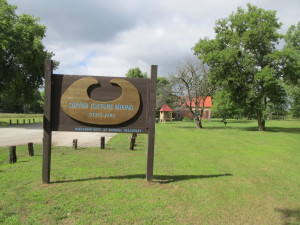
We met Pete Stark at the Copper Culture State Park Museum which is just about a half hour north of Green Bay. This is the location of the “oldest dated cemetery” in eastern North America. It is only the second instance of Old Copper artifacts found in sites with burials, the first being the Osceola site in Grant County, Wisconsin. The artifacts at this site date from about 4,000 to 3,000 BC.
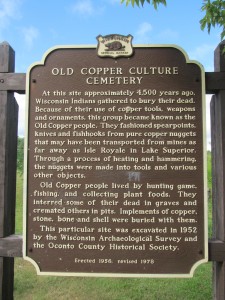
Pete explained that most of the prehistoric copper was mined on the north shore of Lake Superior, Isle Royale, and the Keweenaw Peninsula of Michigan. It was found in the bottom of pits and in veins. Later, it would be these ancient, abandoned copper pits that would eventually lead early miners to most of the first successful mines.
 (Image with permission: “Map of Last Glacial Maximum by C. R. Scotese, PALEOMAP Project, (www.scotese.com; http://www.scotese.com/lastice.htm.)
(Image with permission: “Map of Last Glacial Maximum by C. R. Scotese, PALEOMAP Project, (www.scotese.com; http://www.scotese.com/lastice.htm.)
Archaeological expeditions in the Keweenaw Peninsula and Isle Royale uncovered copper producing pits and hammering stones which were used to work the copper, but by the time the first European explorers arrived, the area was the home of the Chippewa people who did not mine copper.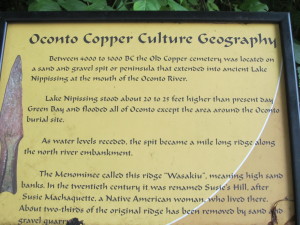
In her article, The Archaic Culture in Wisconsin, Peggy Hoehne writes that the Copper Culture used the adze, gouge, and grooved axe which were woodworking tools made of ground stone. They also used a side notched spear-point as well as lanceolate spear-point. Other woodworking tools used were the ax and the celt. Also during this time, the atlatl was first used.
In Early Woodland Culture in Wisconsin Peggy Hoehne goes on to explain that after 1,000 BC the climate warmed and where once the archeologists had identified earlier groups by the spear points they used, now groups were to be defined by the use of pottery, the construction of burial mounds and the cultivation of plants. Time periods are in debate. This is how she lists the history of the Wisconsin Indians to 1200 AD.
- 10,000 BC: Paleo-Indians first arrived.
- 7,000 BC: Plano cultures replace Paleo-Indians as the last glaciers retreated from the state. Later groups of the Boreal Archaic began to use copper in their tools and weapons and jewelry.
- 500 BC: Early Woodland period began. Farming began during this time which created more permanent settlements as well as more advanced art and pottery.
- 100 BC: The Hopewell culture emerged. The first Indian mounds were built during this period.
- 600 AD: Late Woodland period began and Wisconsin was soon dominated by the Effigy mound culture. During this time sophisticated mounds were build in the shapes of animals for ceremonial reasons.
- 1050 AD: Early Mississippian culture began an established a settlement at Aztalan, Wisconsin.
- 1200 AD: Oneota people. Eventually the Oneota were replaced by the Siouan tribes (Primarily the Ojibwa, Ho-Chunk, Menominee, Sac, and Fox) who met up with the Europeans.
The Copper Culture Museum has incredible artifacts and illustrations on how they were used. Pete showed us an interesting model that brought home the significance in understanding how the levels of Great Lakes have changed as well. During historical times, the modern Great Lakes have fluctuated by more than a meter, but when you go back over the past 20,000 years, the level of the lakes has changed by more than 100 meters.
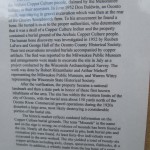
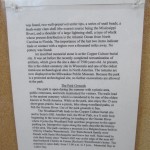
The following maps, Shifting Shorelines, by the professor of geology at Wheaton College, show the Great Lakes during several eras:
The great ice sheet that covered half of the North American continent once blocked the modern outlets of the Great Lakes. During this time, further studies have found that the earth was deformed under the huge weight of the ice sheet as well. As the ice sheet retreated northward, outlets became ice free and controlled the level of the lakes. But these outlets were also changing in elevation because the earth was slowly rising to the undeformed position it held in the pre-Ice Age.
In 1897, a mastodon was discovered in an eroded stream bank in Boaz, Wisconsin. Later, more Paleo-Indian points were discovered and their locations identified. In the book “Images of America–Baraboo,” by the Sauk County Historical Society, we find that on the south side of Baraboo, which is also the Ringling riverfront area, a mammoth skeleton was excavated in 1844 when the first dam was built at Oak Street as well. It was not preservable.
Just southwest of Baraboo, the Natural Bridge State Park features the largest natural arch in the state of Wisconsin. Directly beneath the arch is a rock shelter once used by Paleo-Indians. The oldest artifacts were pieces of charred wood, presumably from fire pits making this rock shelter. According to the park sign it is “one of the oldest dated sites for human occupancy in northeastern North America.”
A few years ago, after a kayak expedition in the Apostle Islands, I was able to take a ferry over to Madeline Island, which is part of the Apostle Island group in the northernmost part of Wisconsin. Here, at La Pointe, according to Selwyn Dewdney and Calvin Martin, Madeline Island possesses a religious importance among the Chippewa not unlike that of Rome or Jerusalem to the Catholics and Jews. (1, 10– Kayaking the Apostle Islands: Kennedys, Native Americans, Religion, and Myth)
References/Related
- John O. Holzhueter, “Madeline Island & the Chequamegon Region.” Wisconsin State Historical Society; 1986.
- Pictures on Flickr
- Sea Change and Sea Kayaking (Door County artifacts)
- Kayaking Georgia’s Coast: Tidal Flat Ecosystems, Ancient History, and Stewardship (Shell Middens)
- Local Native Americans Buried in Blue Wing Cemetery by Ross M. Curry
- Paddling Lake Okoboji (Inkapaduta, Abbie Gardner)
- Wisconsin Dells History: A Walk With Ross M. Curry
- Wisconsin’s Indian Mounds
- Old Copper Culture; Milwaukee Public Museum
- Kayaking the Apostle Islands: Kennedys, Native Americans, Religion, and Myth

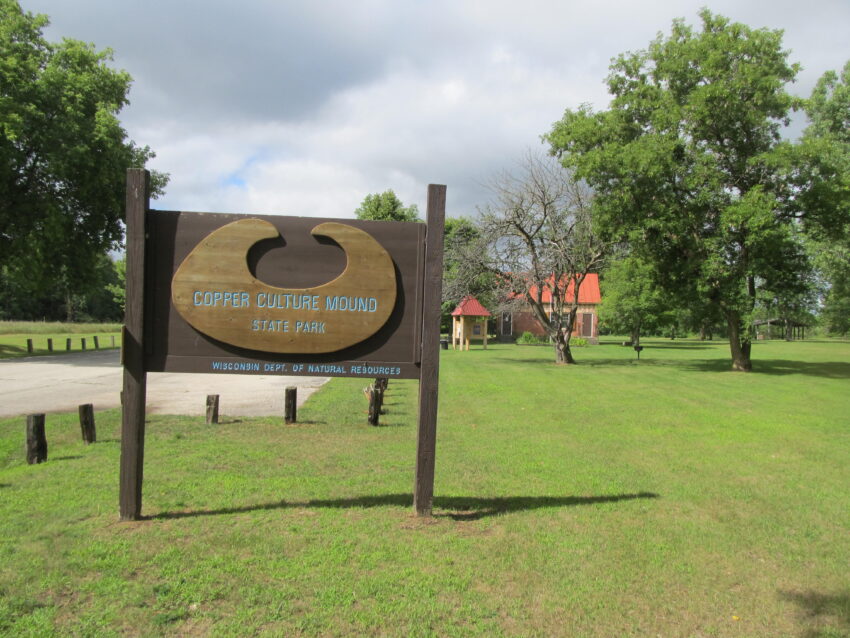
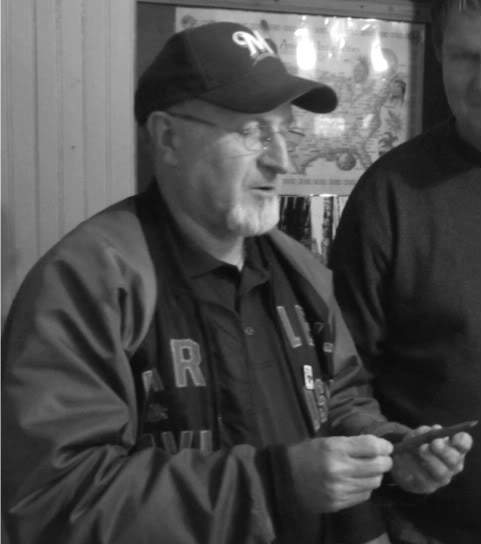

Thanks for great website. Great info. I have a Copper culture Dagger with attached socketed handle that appears to be “marine/Walrus Ivory” The Handle has what my research shows to be Possible Early Chippewa/Ojibwa or adjacent northern coastal aboriginal carvings. After Examining numerous early beaded knife sheaths and other artifacts in Museum collections from Great Lakes and Canada. The Native art and designs are strikingly similar,to the carving found on this Handle. The Dagger shows much antiquity. I would be happy to send Photos if your interested. Thanks! Dennis Adkisson
When I clicked on your photo of the “Old Copper Culture Cemetery” on this page it not only became enlarged, it also turned upside-down.
Hi,
I have attempted to correct the problem. I may have to re-load the picture if it does not work.
Mary Fairchild